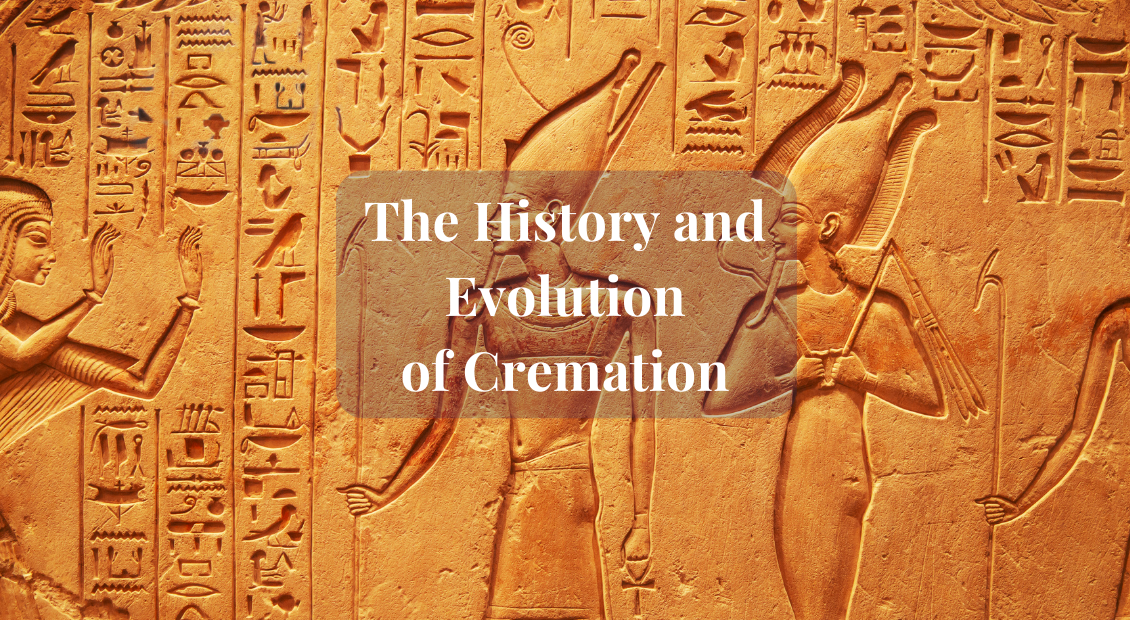Cremation, the process of reducing a body to its basic elements through intense heat, has a rich and varied history that spans cultures and centuries.
Cremation finds its roots in ancient civilizations, where it held a significant place in funerary practices. As early as 3000 BCE, the ancient Egyptians practiced cremation as an alternative to burial. The belief in the afterlife and the desire to preserve the body's integrity led to the development of elaborate cremation rituals.
In the Indian subcontinent, cremation has been a customary practice for thousands of years, deeply ingrained in Hindu and Buddhist traditions. The sacred city of Varanasi in India, with its cremation ghats along the Ganges River, stands as a testament to the enduring importance of cremation in religious and cultural practices.
With the rise of Christianity in the Western world, cremation gradually lost favor, as burial became the preferred method for interring the deceased. The belief in bodily resurrection and the association of cremation with pagan rituals contributed to its decline.
However, in the 19th century, cremation experienced a resurgence primarily due to societal changes and practical considerations. The Industrial Revolution led to overcrowded cemeteries in urban areas, necessitating an alternative to traditional burial. Moreover, scientific advancements and medical concerns surrounding disease transmission prompted a renewed interest in cremation as a hygienic and efficient method of disposal.
In the 20th century, cremation gained widespread acceptance and became a mainstream practice in many parts of the world. The establishment of dedicated crematoriums and the development of standardized processes helped remove the stigma associated with cremation.
Technological advancements have revolutionized cremation procedures, making them more efficient and environmentally friendly. Modern cremation facilities utilize cremation chambers that are computer-controlled, ensuring precise temperature regulation and reducing emissions. Additionally, the use of filtration systems helps minimize the environmental impact.
Cremation holds diverse cultural and religious significance across different societies. In Hinduism, cremation is considered a sacred duty and is believed to facilitate the soul's journey to the afterlife. In contrast, traditional Jewish and Islamic practices generally discourage cremation, emphasizing prompt burial instead.
In recent years, some religious traditions have revised their perspectives on cremation. The Catholic Church, for instance, previously opposed cremation, but in 1963, it allowed for the practice while emphasizing the importance of proper respect for the cremated remains.
As cremation became more prevalent, the desire for personalization and meaningful memorialization also grew. Families began seeking ways to commemorate their loved ones beyond traditional burial practices. This led to the emergence of cremation urns, cremation jewelry, and memorial art, allowing for the preservation and display of cremated remains.
The history and evolution of cremation reflect the dynamic nature of human beliefs and cultural practices surrounding death and commemoration. From its ancient origins rooted in religious rituals to its modern resurgence driven by practical considerations, cremation has become a widely accepted and respected method of disposition.
As we continue to witness advances in technology, environmental concerns, and changing societal attitudes, the future of cremation will likely bring further innovations, offering more personalized and eco-friendly options. Ultimately, the history of cremation serves as a testament to the human quest for dignity, remembrance, and the eternal connection with those who have passed away.

